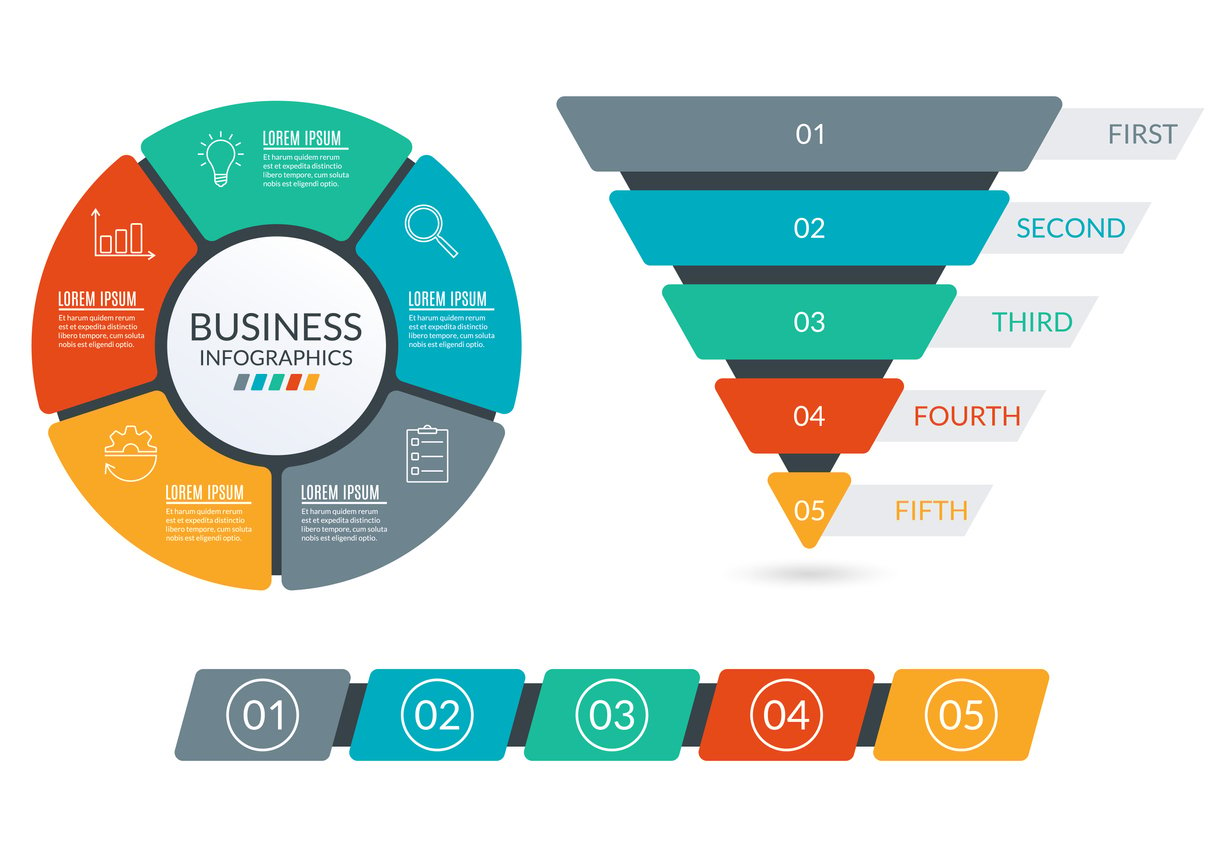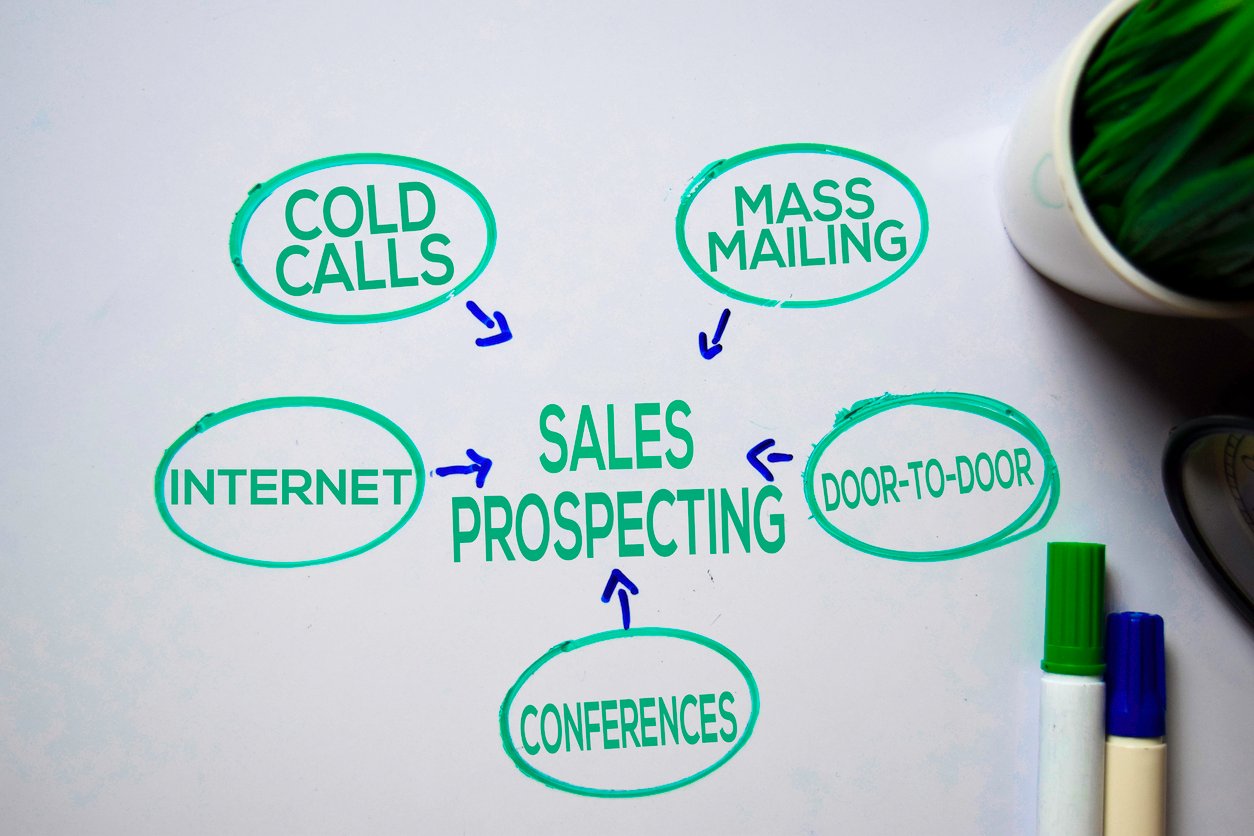
Mastering the Client Acquisition Funnel: Awareness to Retention
 Updated on
Updated on
 By Carlos Correa
By Carlos Correa
Carlos Correa
Carlos has been involved in the sales space for well over ten years. He began in the insurance space as an individual sales agent, managing teams as s...
learn more
Carlos Correa
Carlos has been involved in the sales space for well over ten years. He began in the insurance space as an individual sales agent, managing teams as s...
Table of Contents
Table of Contents
Customer acquisition funnel—you might have heard the phrase floating around in marketing meetings or seen it splashed across business articles.
But what does it really mean?
And why should you care?
Because… The funnel model of customer acquisition conversion and retention can turn your organization's casual browsers into loyal customers.
From the moment someone learns about your business until they decide to open their wallets, this funnel is at work—guiding, nurturing, and occasionally nudging them toward a purchase.
And if you do it right, not only will they buy, but they'll stick around, too.
In this article, we'll break down the customer acquisition funnel, explore how to build one, and look into its stages and unique nuances, especially in the vertical of B2B.
What Is a Customer Acquisition Funnel?

In its simplest form, a customer acquisition funnel is a model that visualizes how potential customers progress through various stages before they make a purchase. The term funnel itself is apt because the process narrows as it moves down—many people start at the top (awareness), but fewer make it all the way through to the bottom (conversion).
The ultimate goal of sales funnel management is to move leads through each stage, nurturing and guiding them until they're ready to become customers.
But don't stop there—retention is the cherry on top.
You're already aware of how competitive today's business environment is (that's why you're learning about customer acquisition funnels.) This should reaffirm more than anything that keeping customers coming back is just as important as getting them in the door.
Here's a simplified view of a customer acquisition funnel example:
|
Stage |
Description |
|
Awareness |
Potential customers learn about your product or service for the first time. |
|
Interest |
Leads become intrigued by what you offer and want to learn more. |
|
Consideration |
Prospects evaluate your offerings compared to competitors. |
|
Conversion |
The lead makes a decision and becomes a paying customer. |
|
Retention |
The customer continues to engage with and purchase from your organization. |
With Ringy's lead management system, you can meticulously organize contacts and track every potential customer's progress through the funnel while engaging them with personalized communication.
Remember, establishing the correct customer acquisition funnel template that works for your business is not just about driving sales; it's about building trust and creating long-term relationships with customers.
Now, let's explore each stage further to understand its role in guiding potential clients through the customer journey.
Understanding the Stages of a Customer Acquisition Funnel

Customer acquisition funnel stages aren't just linear.
If it were, marketing would be turnkey.
It's more like a nurturing journey where the goal is to turn potential customers into loyal advocates. To do that, it's essential to understand the distinct stages of the lead generation funnel and the role each one plays in building lasting relationships.
Awareness
This is the top of the funnel (TOFU), where potential customers are just becoming aware of your brand or product.
They don't know much about you yet, but something—a blog post, social media ad, or word-of-mouth recommendation—has caught their attention.
Here are four ways to get in front of your target audience:
- Content marketing (e.g., blogs, videos, social media posts)
- Search engine optimization (SEO)
- Pay-per-click (PPC) advertising
- Social media marketing
At this stage, the goal is simple: make people aware of your brand.
But awareness alone isn't enough.
The real task is getting them interested enough to explore further. If your content at this stage doesn't engage or intrigue, your prospects may never make it to the next level.
Interest
Now that they know about you, it's time to pique their interest.
At this stage, potential customers begin exploring your product or service in more depth. They're interested but not yet sold.
Consider the following tactics during the interest stage:
- Email campaigns
- Webinars or product demos
- Targeted social media ads
Once you've captured their interest, the challenge is to keep it.
This is the perfect time to deliver educational and engaging content that highlights the benefits of your product or service. The more value you offer, the more likely prospects will move forward in the funnel.
Consideration
In the consideration stage, prospects start comparing your offerings with those of your competitors.
This is where you have to clearly communicate your unique value proposition (UVP).
You can do this with:
- Case studies
- Product comparisons
- Testimonials or reviews
It's important to demonstrate why your product or service is superior. If done correctly, prospects will see your business as the best solution to their problem, paving the way for conversion.
However, you need to make sure that your messaging is concise, compelling, and addresses potential objections head-on.
Conversion
This is the money stage!
Prospects decide to purchase your product or service.
But don't pop the champagne just yet—this is where a smooth checkout process, great customer support, and clear calls-to-action (CTA) are non-negotiables.
Converting prospects into paying customers is the ultimate goal, but it's critical that you remove any friction in the buying process.
Complex forms, confusing interfaces, or unclear CTAs can easily drive prospects away at the final hurdle. Make the conversion process seamless, and you'll have a happy customer ready to move to the next stage.
Retention
A lot of businesses drop the ball after conversion.
The customer acquisition funnel doesn't stop once a sale is made. Retention is where you turn customers into repeat buyers, and—better yet—brand advocates.
Try the following:
- Loyalty programs
- Personalized follow-ups
- Post-purchase support and education
Retaining customers is more cost-effective than acquiring new ones. The goal here is not just to get a sale, but to cultivate long-term relationships.
The B2B Customer Acquisition Funnel

When dealing with B2B clients, your customer acquisition funnel becomes more nuanced due to three primary factors, which we'll get into shortly.
Did you know that "a Gartner study found that 77% of B2B buyers define their purchase process as “lengthy” and involving numerous stakeholders?"
It's because of these bespoke aspects of both B2C vs B2B customer acquisition funnels:
|
Aspect |
B2B Customer Acquisition Funnel |
B2C Customer Acquisition Funnel |
|
Sales Cycle |
Longer, often months to years (CSO Insights reports average cycles last 6 to 9 months) |
Shorter, often minutes to days, as purchases are typically faster and simpler |
|
Decision-Makers |
Multiple stakeholders (6-10 on average, Gartner research shows) |
Usually a single decision-maker, often based on personal preference |
|
Customer Relationship |
Focuses on long-term relationships, detailed nurturing |
Transactional and focused on instant gratification or one-off sales |
|
Cost Per Acquisition (CPA) |
Higher CPA due to longer processes and deeper nurturing |
Lower CPA, with quick, often impulse-driven buying decisions |
|
Buying Motivation |
Driven by business needs, ROI, and value over time |
Often driven by emotions, brand loyalty, or price comparisons |
|
Lead Nurturing |
Extensive nurturing needed across longer periods |
Less nurturing needed; often driven by brand recognition or promotions |
|
Content Strategy |
Detailed case studies, whitepapers, and ROI calculators |
Product videos, reviews, social media campaigns, and testimonials |
These aspects highlight the importance of using the correct strategies and tools to build solid relationships with sales prospects while focusing on trust and value throughout every stage of the funnel.
In B2B funnels, you'll need to place a higher emphasis on trust-building content, such as detailed case studies, personalized demos, and ROI-focused materials. Prospects may need more hand-holding through webinars, white papers, and one-on-one interactions.
Gartner research shows that 75% of B2B buyers prefer a rep-free sales experience during the awareness stage and may only need assistance once they have made their decision.
Ringy's marketing automation and lead tracking features cater well to both types of funnels, allowing businesses to nurture B2B leads over long sales cycles and engage B2C leads with quick, targeted messages.
Multi-Step Customer Acquisition Funnels: A Deeper Look

Multi-step customer acquisition funnels go beyond the traditional five-stage model by incorporating additional steps that help further refine the buyer's journey. This can include micro-conversions like signing up for a newsletter, downloading a free resource, or scheduling a consultation.
Why bother with these extra steps?
Because it leads to better-qualified leads and improved engagement.
According to Forrester, companies that use lead nurturing tactics see a 50% increase in sales-ready leads at a 33% lower cost.
Here are three advantages of multi-step customer acquisition funnels:
- Better Lead Qualification: Not every lead is ready to convert right away. By adding steps in between major stages, you can better gauge a lead's readiness to buy.
- Improved Engagement: More touchpoints mean more opportunities to engage and build a relationship with the prospect. Each interaction nudges them closer to conversion.
- Increased Conversion Rates: The more you nurture and engage a lead, the more likely they are to trust your brand and make a purchase.
The added complexity of a multi-step funnel might seem daunting at first, but the benefits far outweigh the effort. By incorporating intermediate steps, you can better qualify leads, keep prospects engaged, and ultimately increase conversions.
Remember, a well-crafted funnel guides prospects smoothly, and adding more steps ensures no stone is left unturned in building trust.
How to Create a Customer Acquisition Funnel

Building a successful customer acquisition funnel doesn't have to be perplexing.
By following this structured approach, you can construct a funnel that effectively converts your leads into loyal customers.
Below is a detailed step-by-step guide to help you create a customer acquisition funnel that meets your business objectives.
Define Your Target Audience
Understanding your target audience is the foundation of a successful customer acquisition funnel.
A well-defined audience helps you hyper-personalize your marketing strategies to meet their specific needs and preferences. Performing efficient buyer persona development assists in narrowing down prospects and shortening your sales cycle.
To effectively define your target audience, consider the following steps:
- Conduct market research: Use surveys, interviews, and analytics tools to gather data about potential customers. Identify their demographics, interests, pain points, and buying behaviors.
- Create buyer personas: Develop detailed profiles representing different segments of your audience. Each persona should include information such as age, gender, job role, challenges, and goals.
- Segment your audience: Once you have defined your personas, segment your audience based on various criteria like industry, company size, or buyer behavior. This segmentation allows for more targeted marketing efforts.
By having a clear understanding of who you are trying to reach, you can create a more focused and effective customer acquisition strategy.
Develop Content for Each Stage
Each stage of the customer acquisition funnel requires custom content that speaks to the specific needs and motivations of your audience.
Here's a breakdown of the types of content you should consider for each stage:
|
Funnel Stage |
Content Formats |
|
Awareness |
|
|
Interest |
|
|
Consideration |
|
|
Conversion |
|
|
Retention |
|
Aligning your content with the right stage ensures that prospects receive the most relevant information at each step of their journey, ultimately leading to higher conversion rates.
Integrate Marketing Automation and CRM Tools
Integrating marketing automation and Customer Relationship Management (CRM) tools is key to streamlining engagement throughout the funnel.
Research indicates that companies using automation in lead nurturing see a 10% or greater increase in revenue within 6-9 months (Pardot).
Consider the following automation strategies:
- Lead scoring: Implement a scoring system to prioritize leads based on their engagement level and likelihood to convert.
- Automated email campaigns: Use DRIP automation tools to send timely and relevant emails to leads based on their interactions with your content.
- CRM Integration: Use a CRM system to centralize customer data, track interactions, and manage relationships.
- Behavior Tracking: Implement tracking tools to monitor user behavior on your sales funnel website.
By leveraging automation tools, you can enhance the efficiency of your customer acquisition funnel, ensuring that leads are nurtured effectively at every stage of their journey.
Measure and Optimize Performance
Continual measurement and optimization of your customer acquisition funnel are essential for ensuring its effectiveness and cost-efficiency.
Use key performance metrics to evaluate how well your funnel is converting leads into customers.
Consider tracking the following metrics:
- Conversion rates: Measure the percentage of leads that move from one stage of the funnel to the next. This will help identify areas that may require additional attention or adjustment.
- Customer lifetime value (CLTV): Assess the total revenue a customer is expected to generate during their relationship with your business. A higher CLTV indicates successful retention and upselling strategies.
- Cost per acquisition (CPA): Calculate the total cost of acquiring a new customer, including marketing expenses. Understanding your CPA helps you evaluate the efficiency of your marketing efforts.
- Engagement metrics: Monitor metrics like open rates, click-through rates, and website traffic to gauge how well your content resonates with your audience.
A Forbes study shows that businesses using data-driven marketing are 23x more likely to surpass their competitors. Regularly analyze these metrics to uncover insights that can inform adjustments to your client acquisition funnel strategy.
Get Start With Your Client Acquisition Funnel Today!
A well-designed customer acquisition funnel is essential for business growth, but having the right tools to manage it makes all the difference.
With Ringy's sales software CRM, marketing automation, and lead tracking features, you can optimize every stage of the funnel—from awareness to retention.
If you're ready to upgrade your customer acquisition strategy, request a demo to see how our solution helps proliferate profits while skyrocketing productivity.

Skyrocket your sales with the CRM that does it all.
Calling? Check. SMS? Check. Automation and AI? Check. Effortlessly keep in touch with your customers and boost your revenue without limits.

Take your sales to new heights with Ringy.
Sales in a slump? Ringy gives you the tools and flexibility you need to capture leads, engage with them, and turn them into customers.
Subscribe to Our Blog
Enter your email to get the latest updates sent straight to your inbox!
Categories
Related Articles



































































































